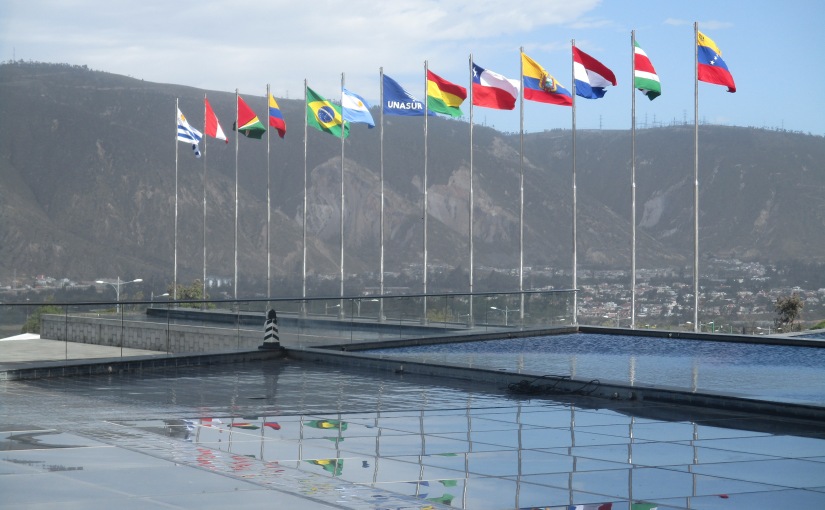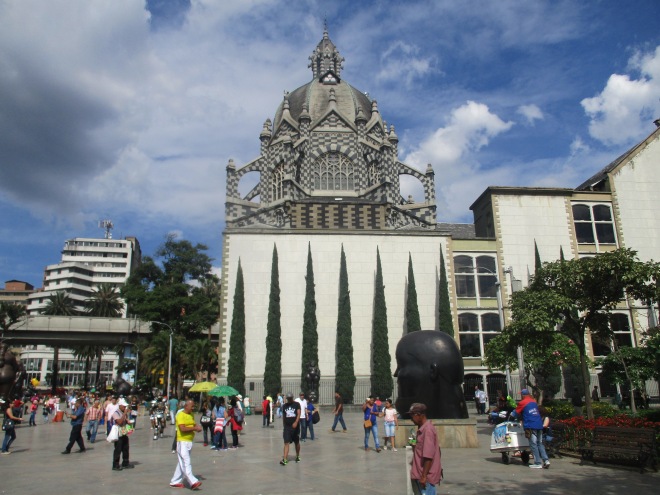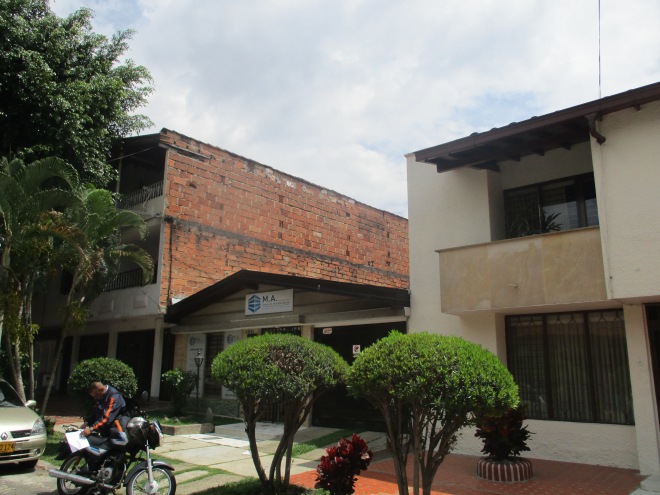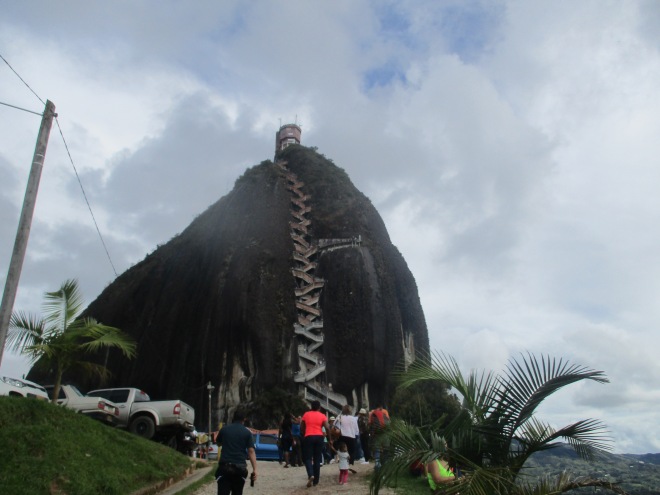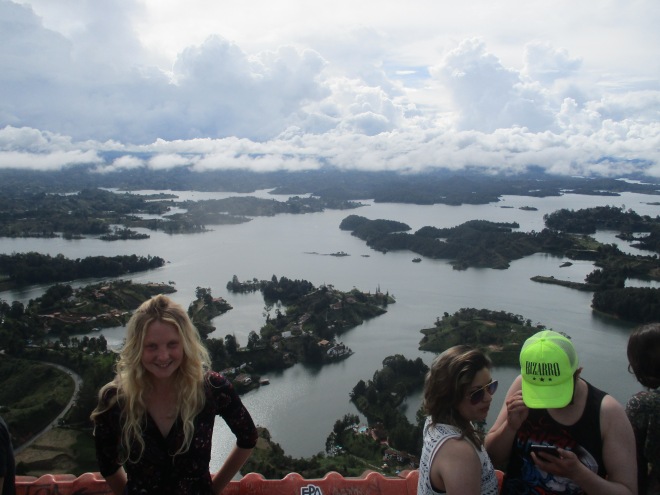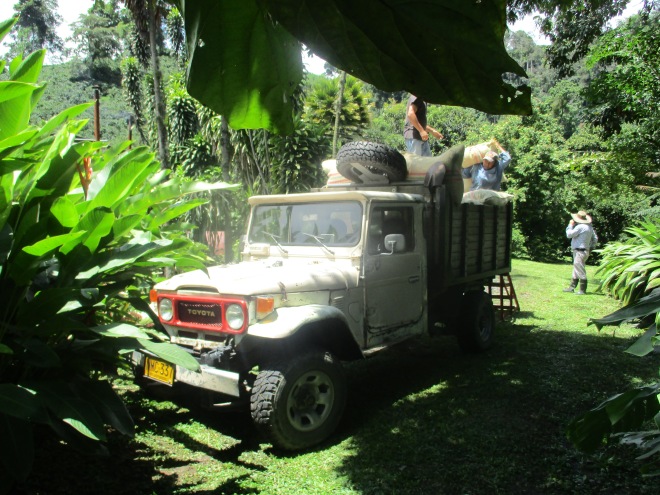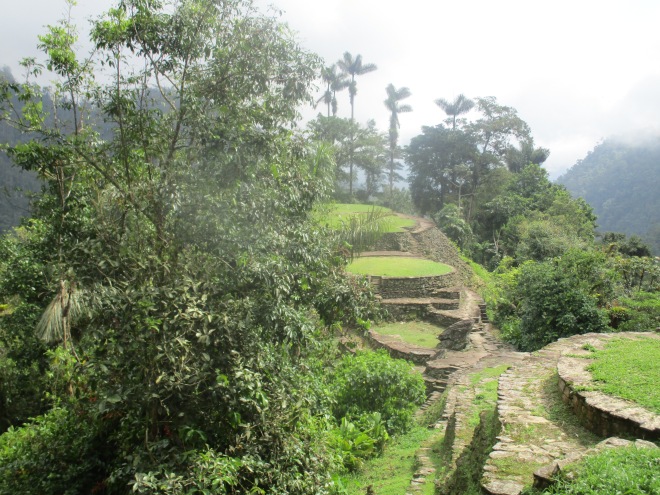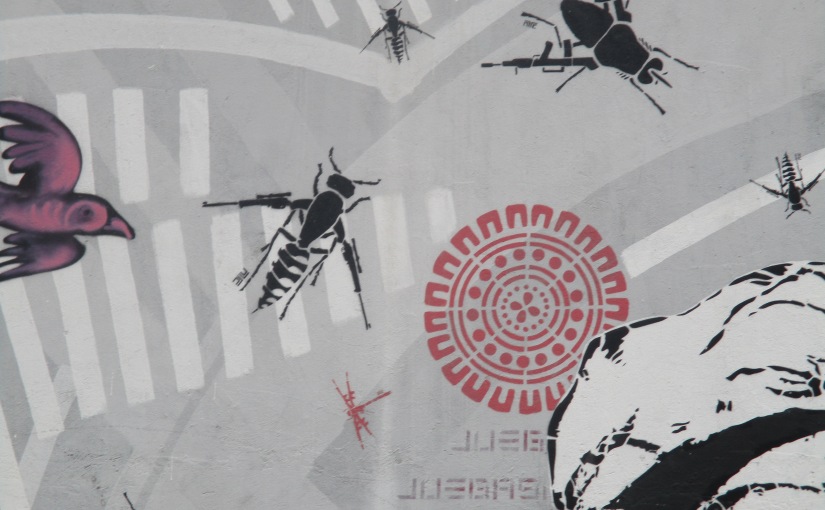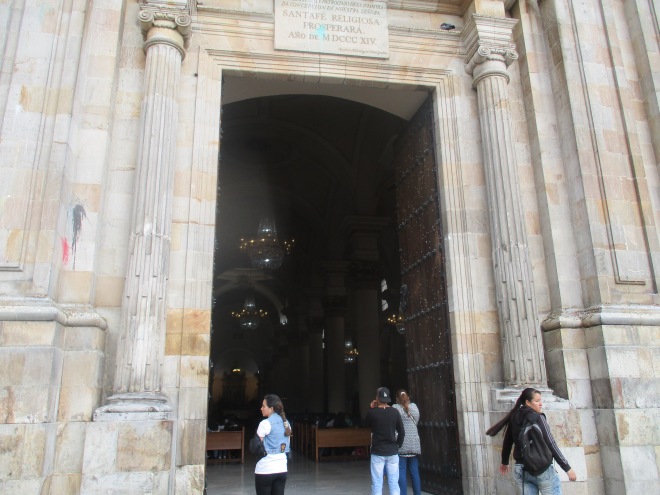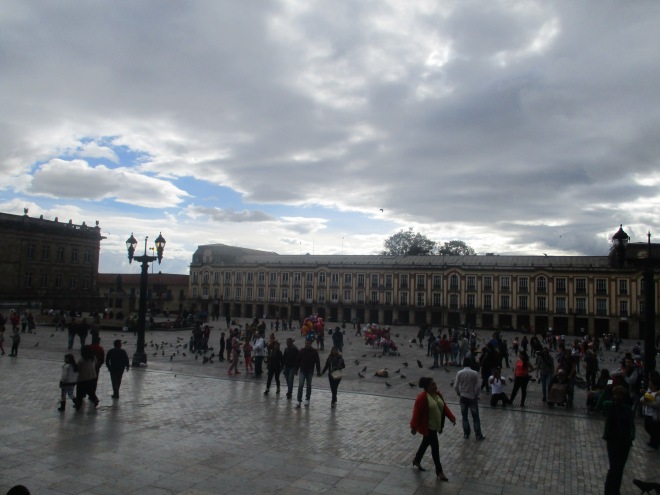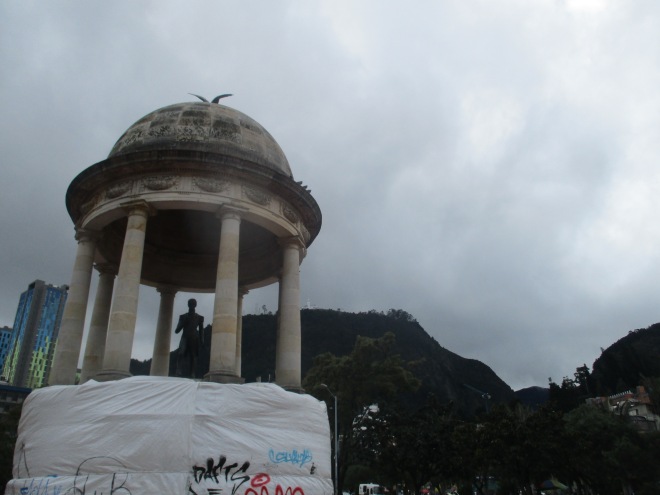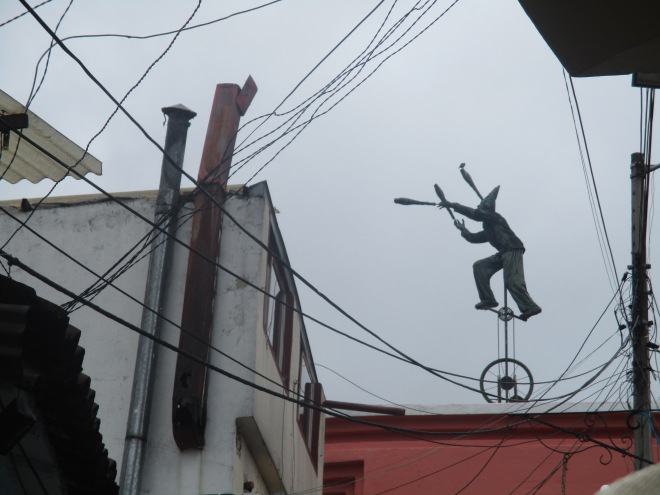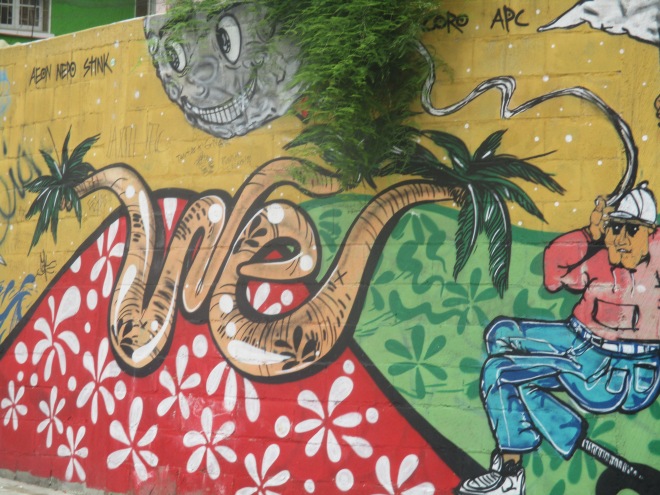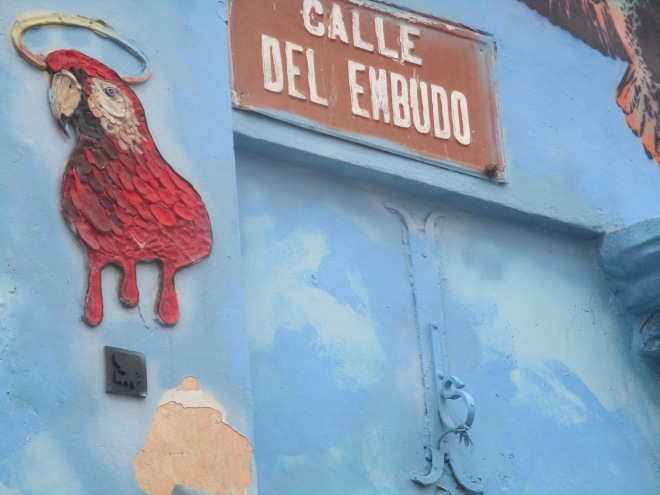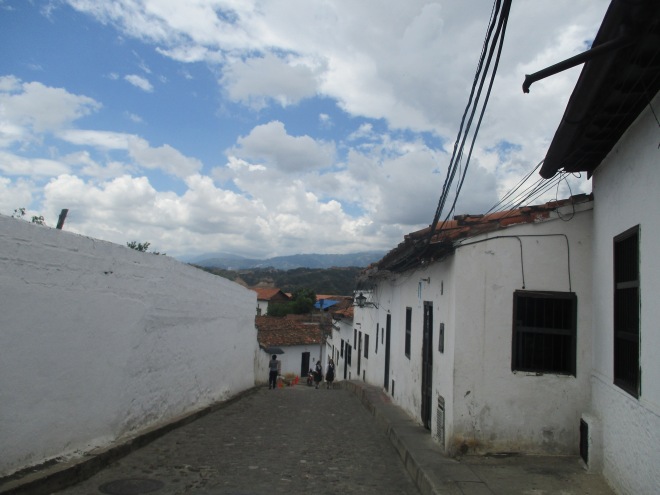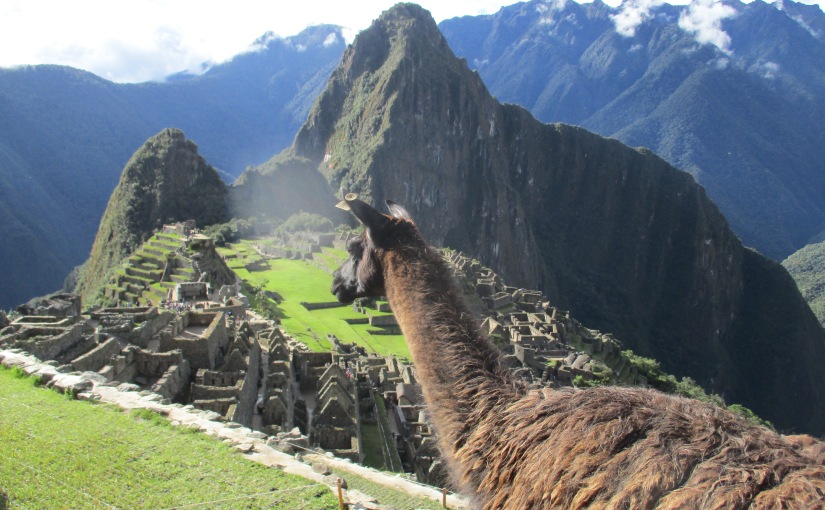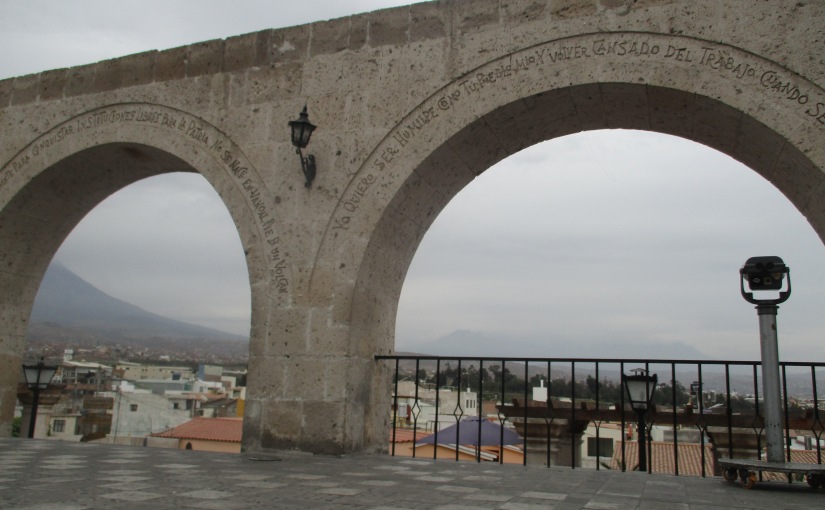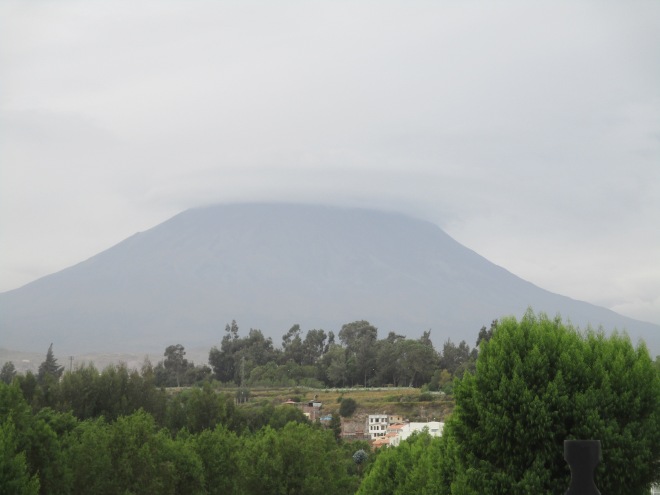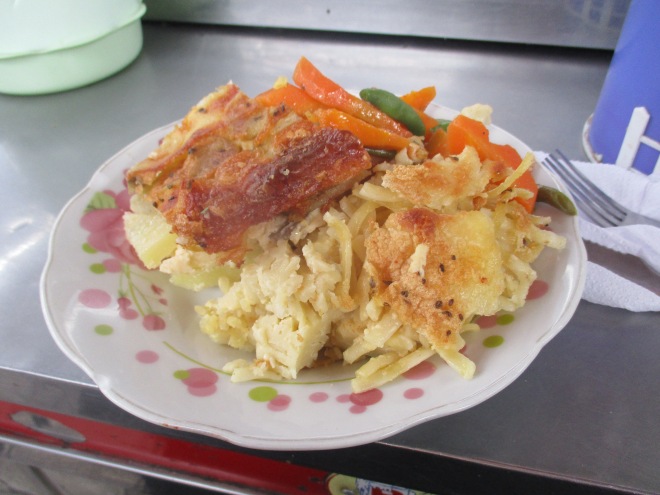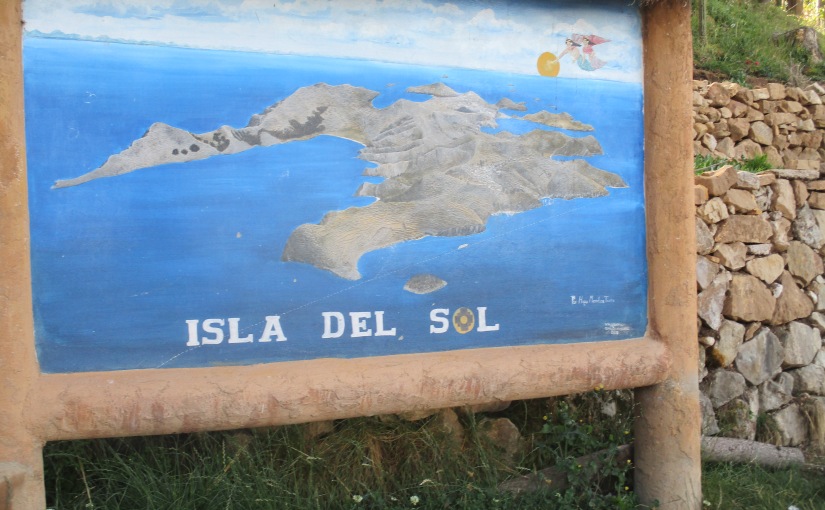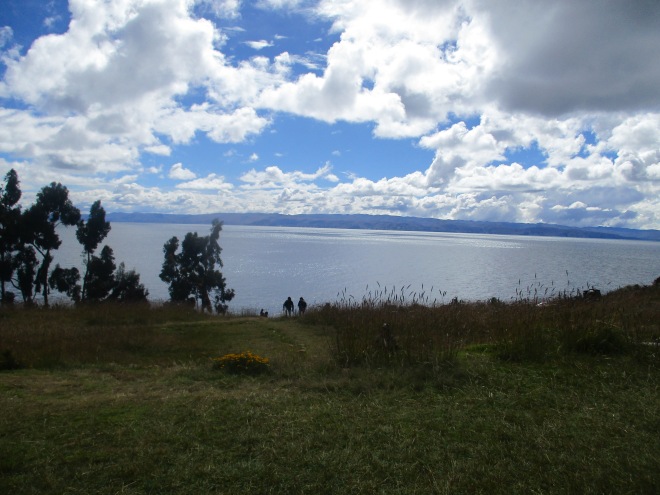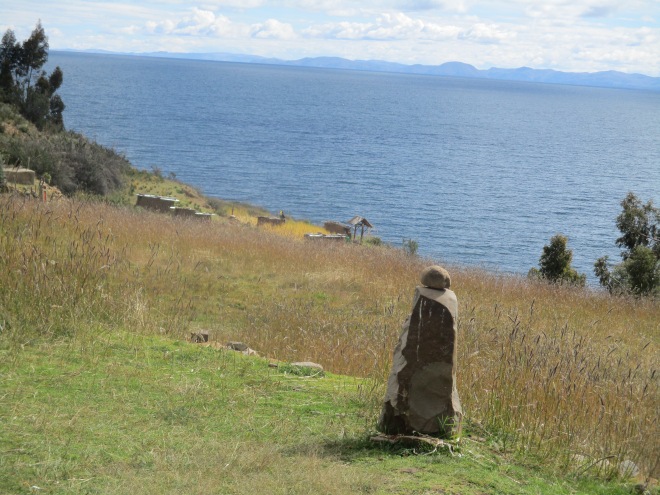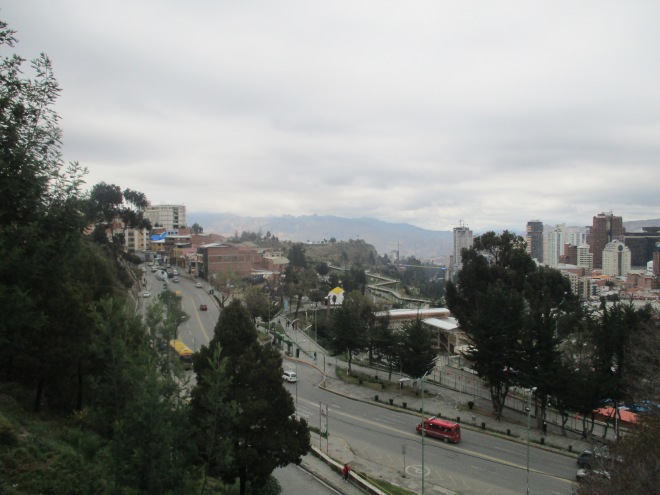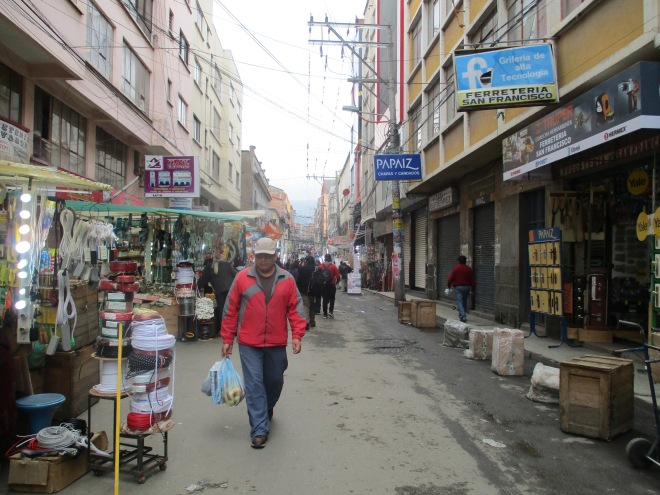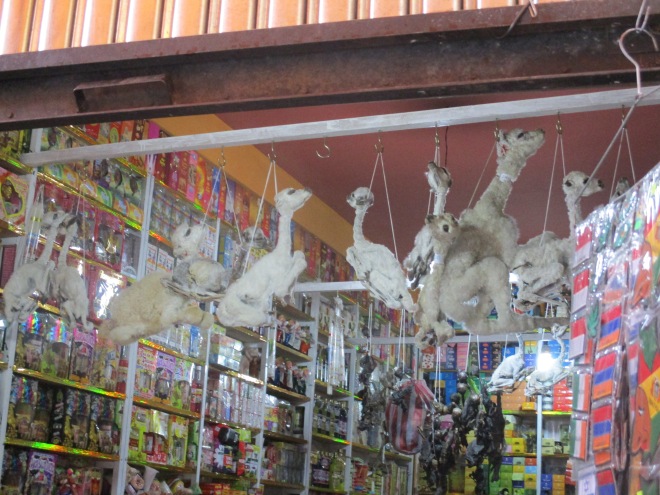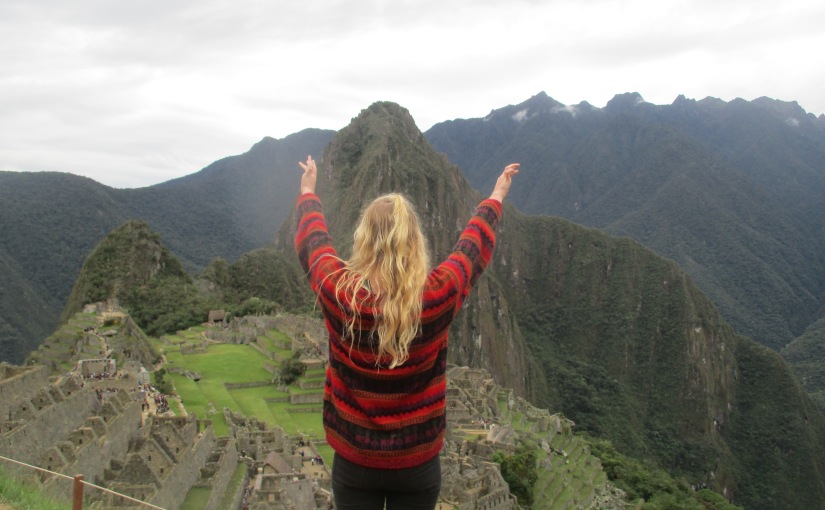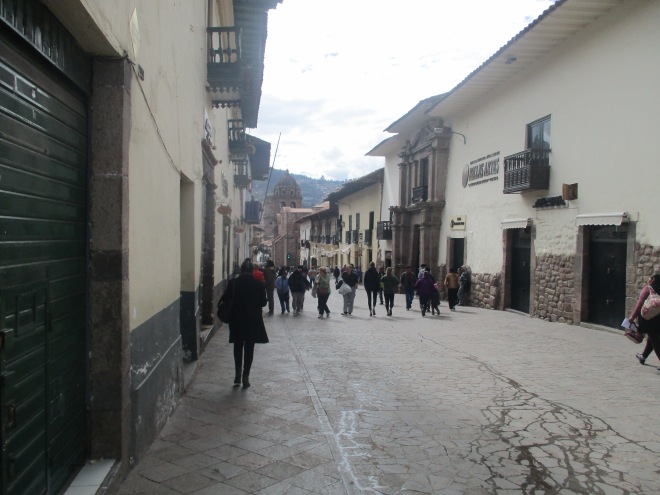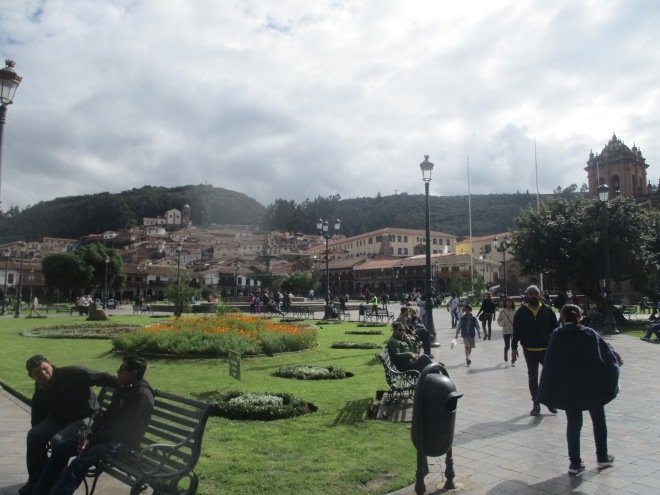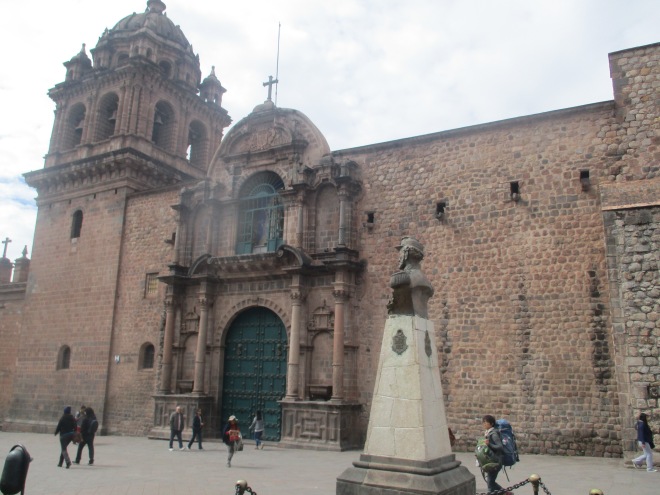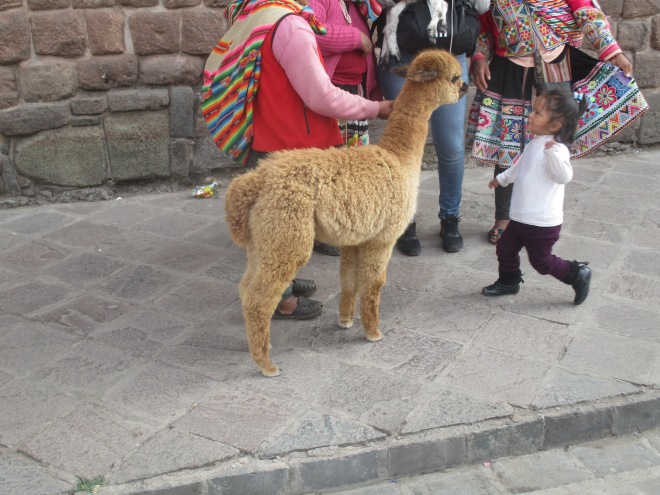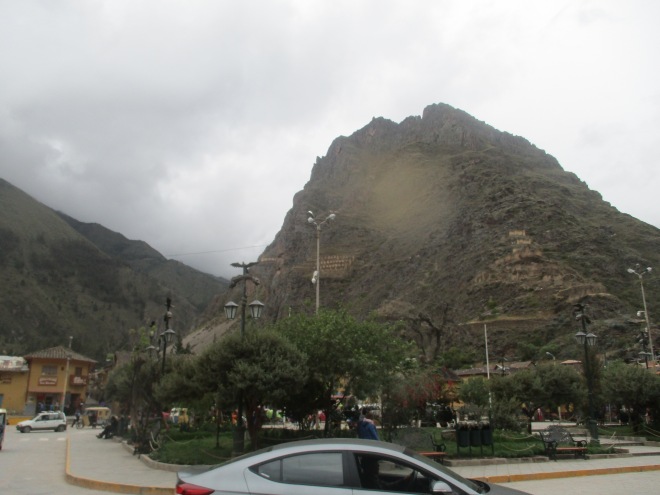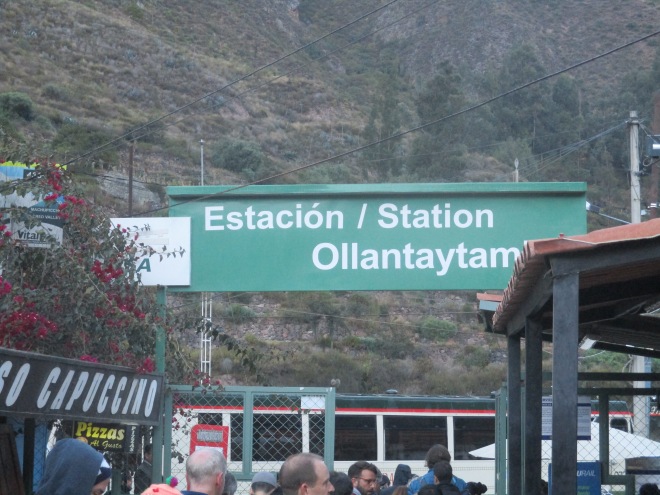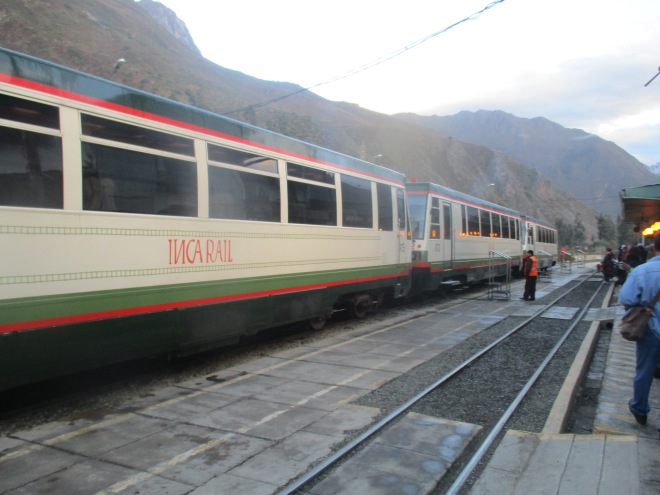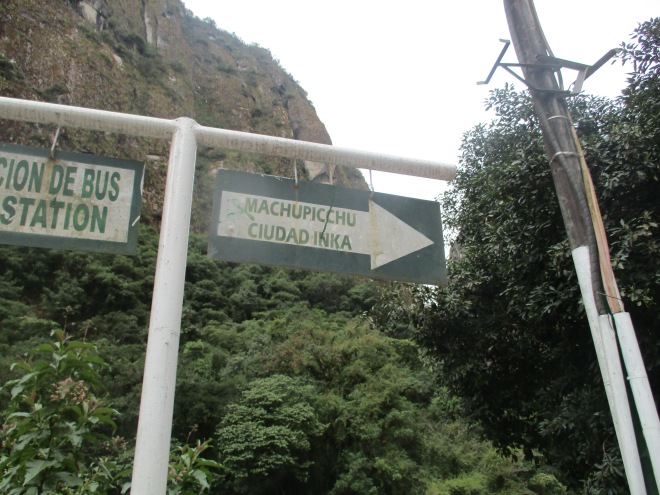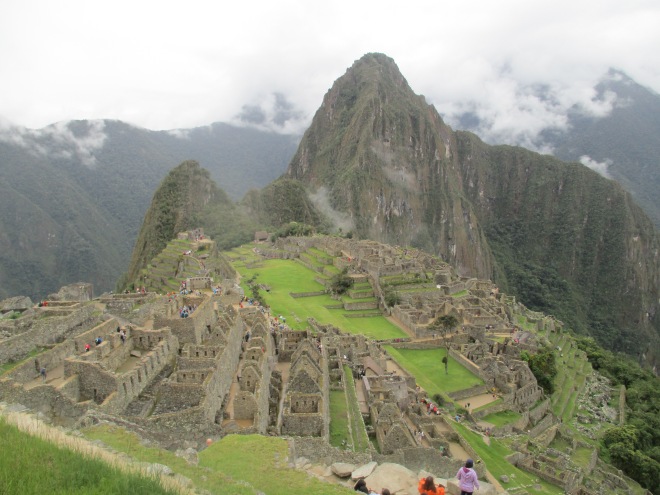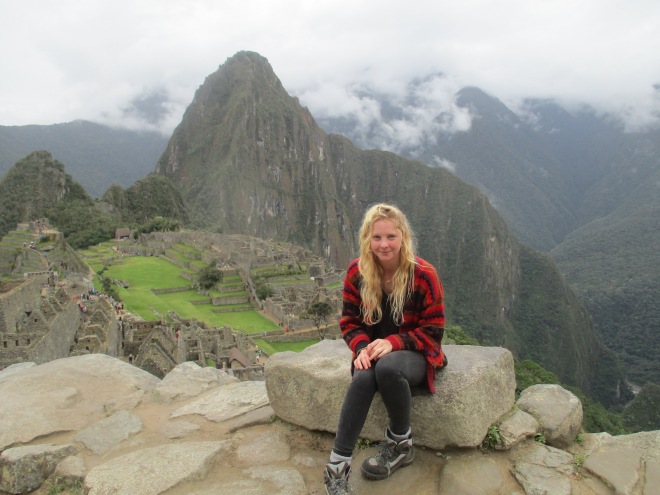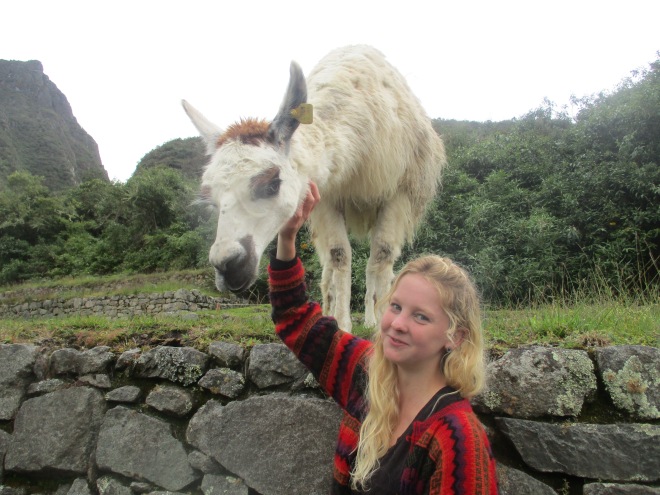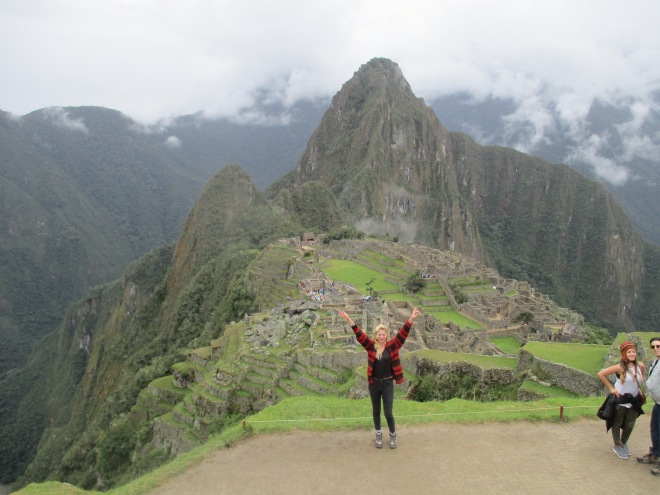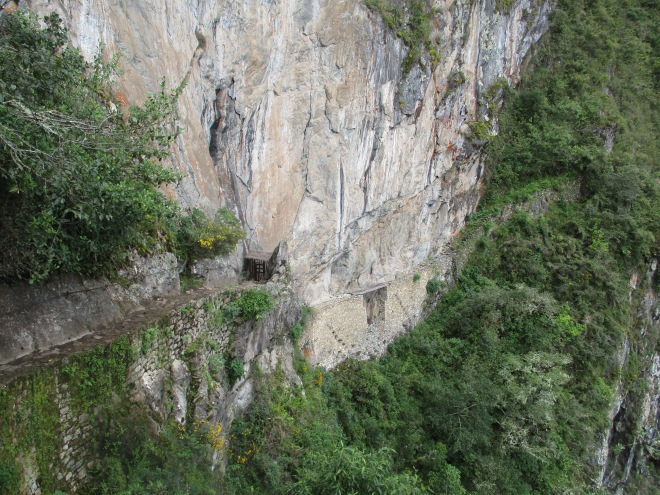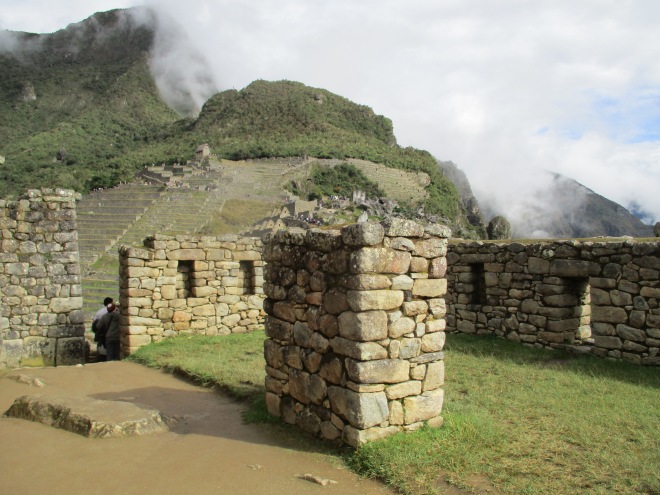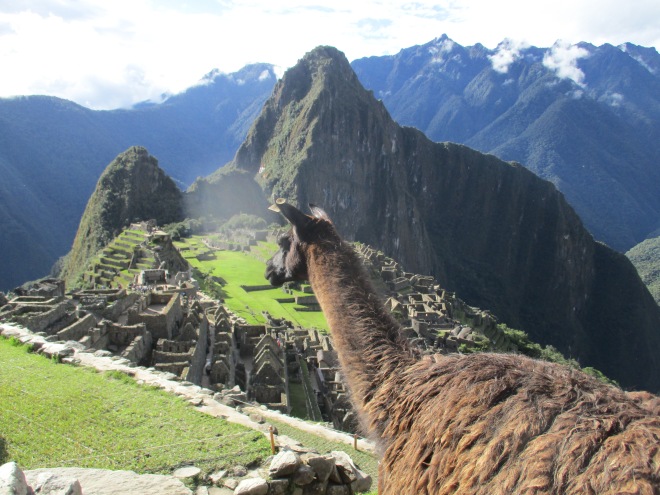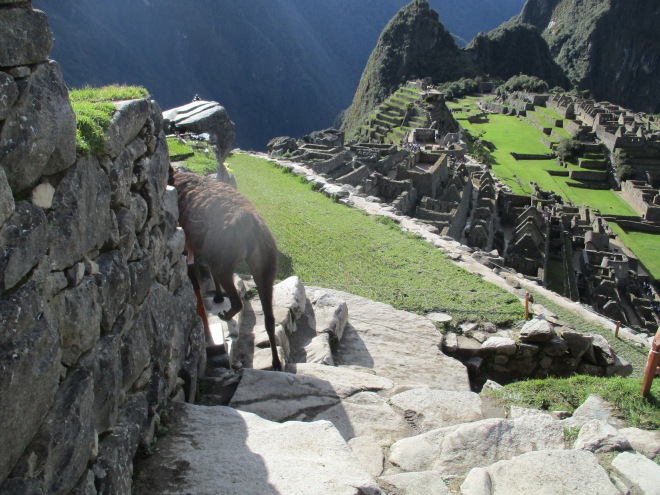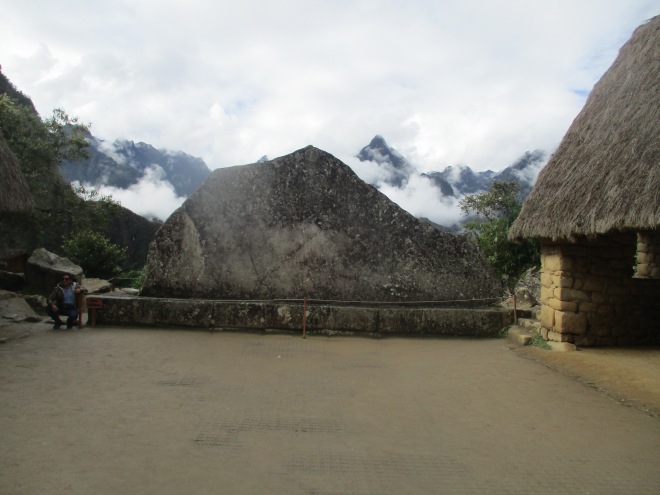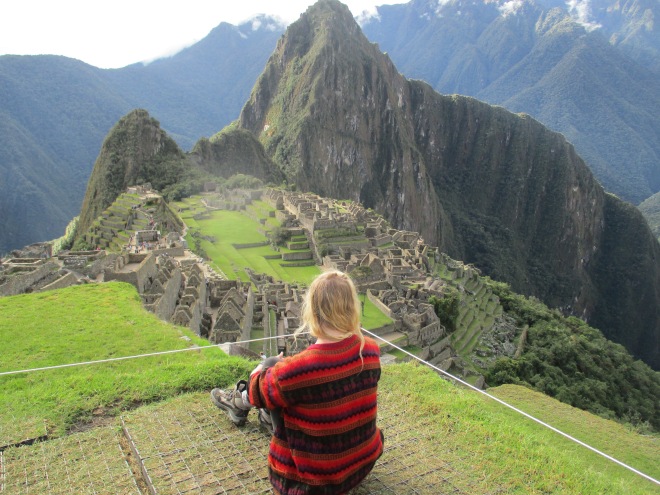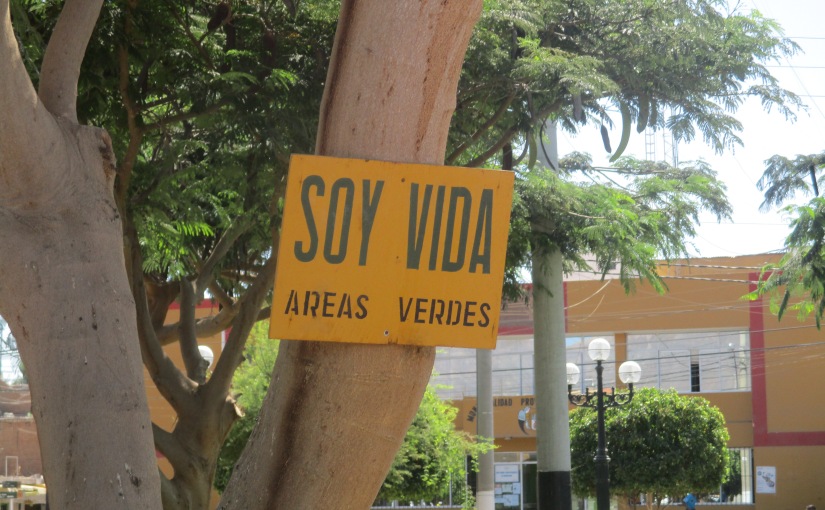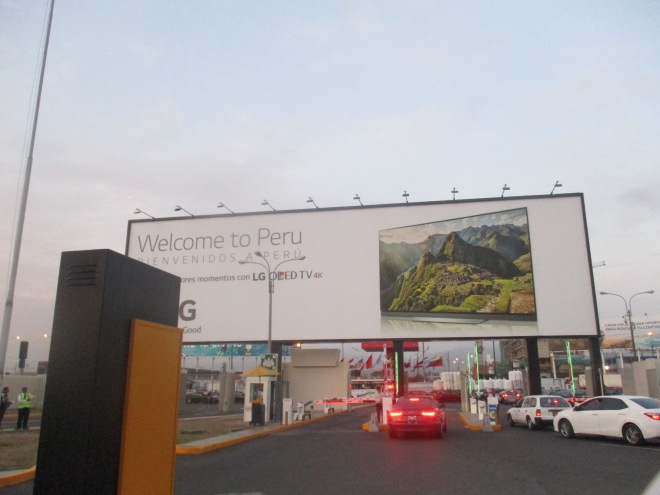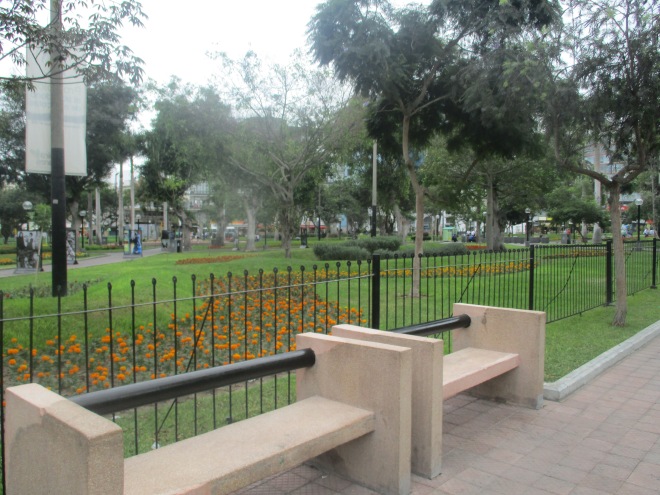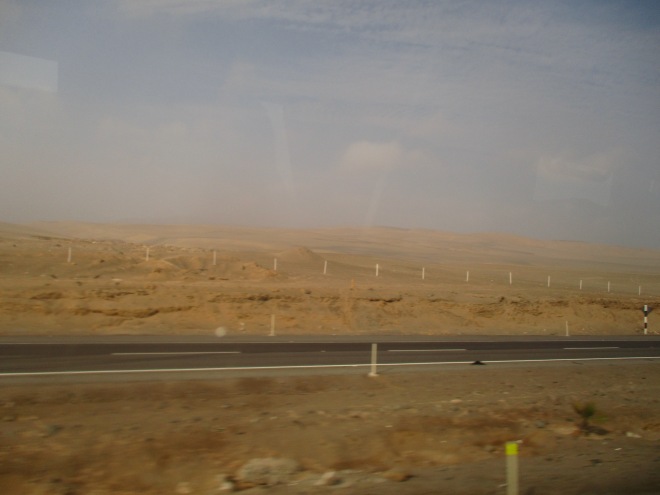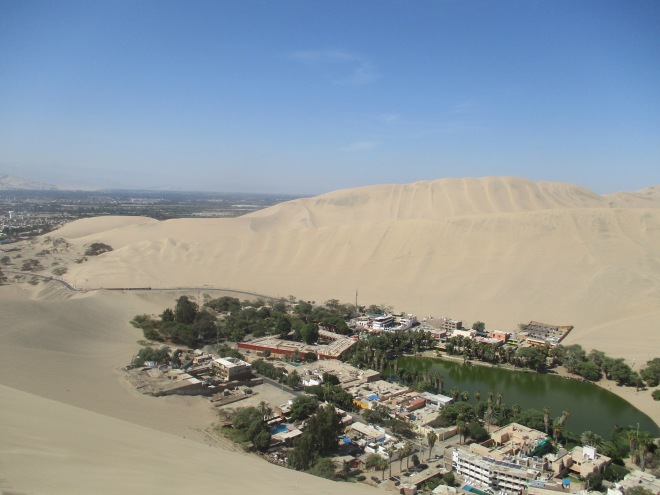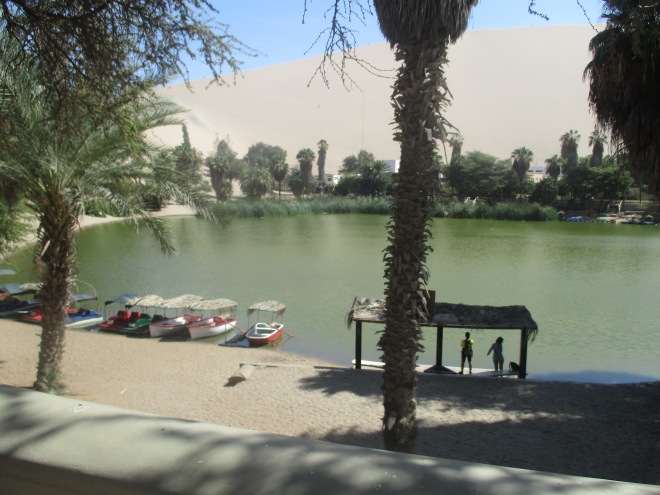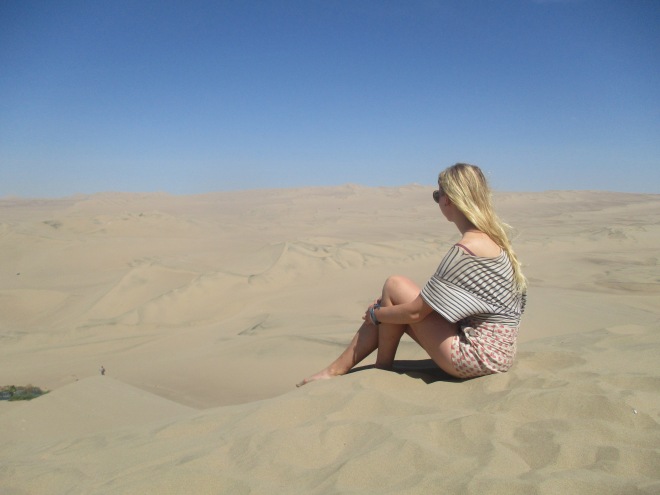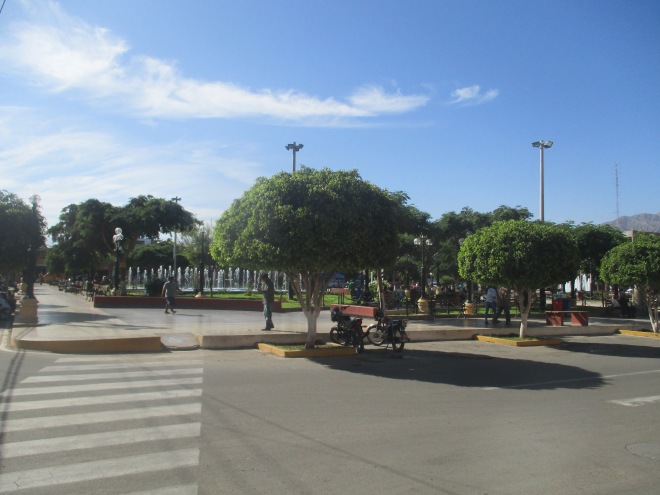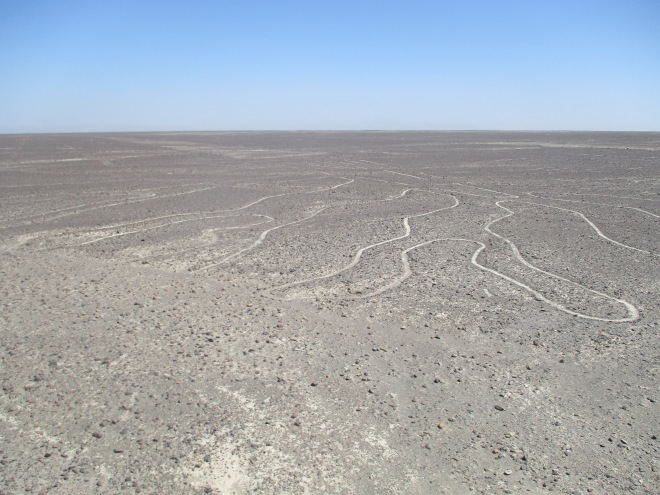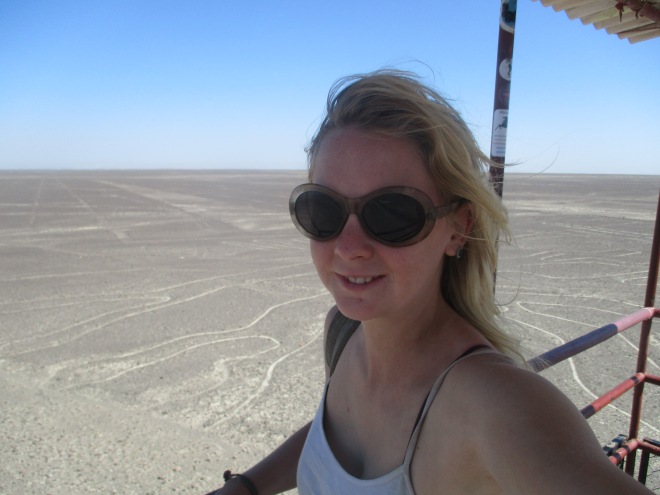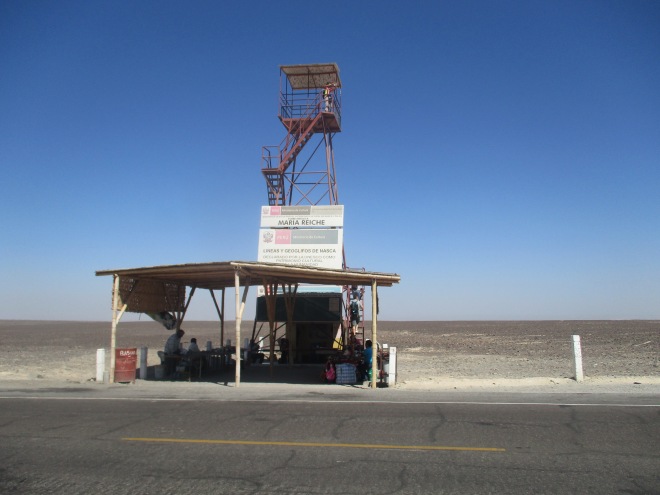So that inevitable day has come; I have finally ran out of money. The end of money spells the end of my six month trip passing through fifteen countries by the time I step back afoot on native soil, and unfortunately my very last stop in South America was a small country called Ecuador.
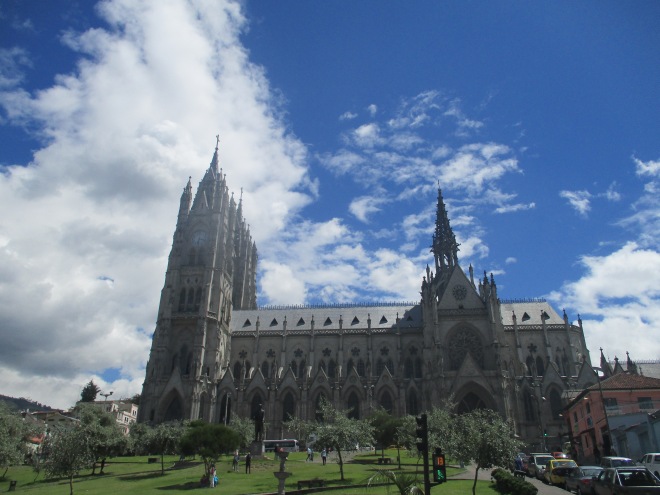
Named, funnily enough, because of its position on the equator, Ecuador has a friendlier, safer feel than its Colombian neighbour; evidently this rather small country was not so badly hit by narcoterroism, the poverty is still rife here, as it has been through pretty much all of the Latin American countries I have visited.
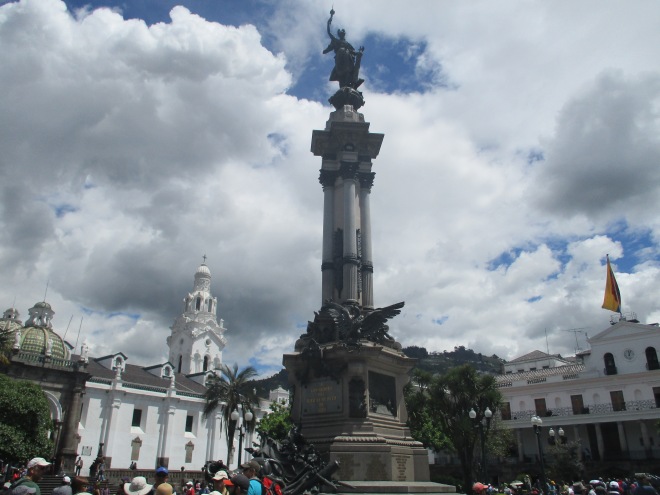
The capital city of Quito pleasantly surprised me, and was one of the most agreeable capitals I have visited throughout my six months. It is larger than expected, and many hostels are situated in the New Town, a surprisingly trendy area with many bars, restaurants and discotecas (I read in my guide book that “club” actually means a brothel in this city, so I shall refrain from using the term…).
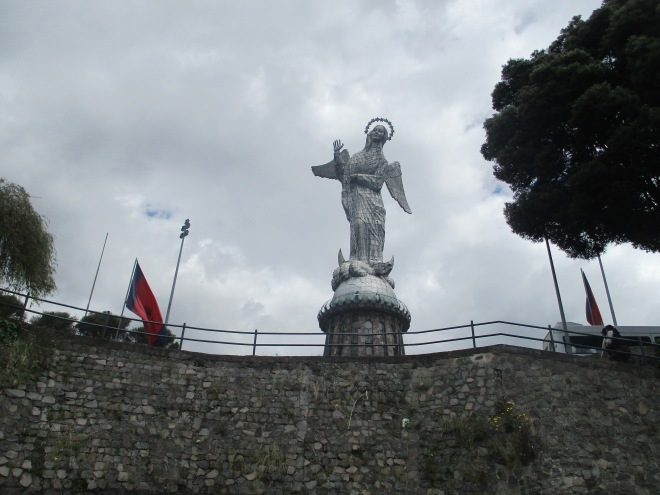
The Old Town is brimming with hilly cobbled streets, beautiful architecture and the inevitable churches and squares. A short walk up a hill brings you to the largest aluminium statue worldwide; one of an angel called , with fantastic views of the city.
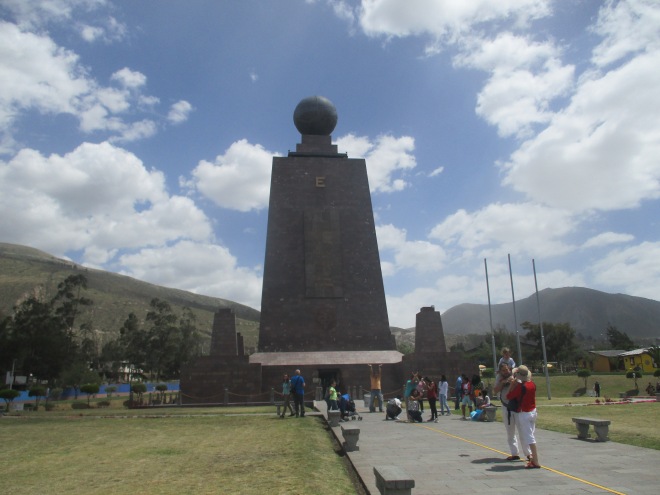
A well worthwhile day-trip from Quito is one to El Mitad del Mundo (literally the middle of the world), a monument and museum upon which the Equator lies. The monument is huge, and it’s quite fun jumping from one hemisphere to the other. Furthermore, the museum is interesting and busts certain myths such as the one of water running different ways down the tap hole – the flow of water is actually reliant on a number of factors and can be manipulated to flow any way you like in any hemisphere.
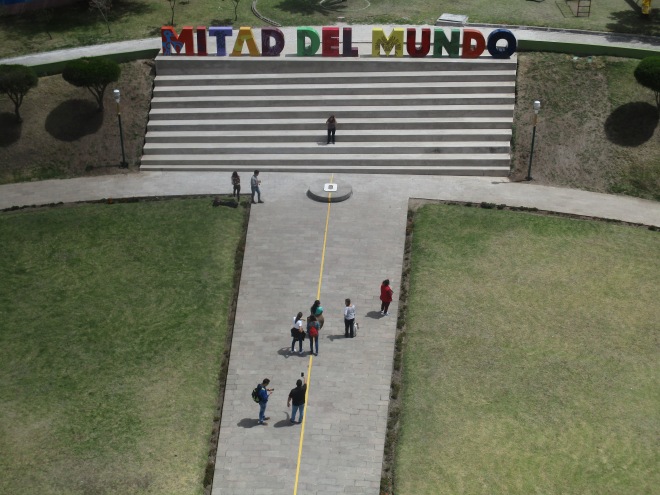
Banos is a sweet town around a four hour journey from Quito. The translation of the town’s name means “baths” and is so called because of the thermal springs, teeming with minerals, which the city hosts. These baths are very relaxing, though can get busy on weekends and public holidays. Banos has a lot of outdoor activities available also, and the luscious green landscape surrounding enhances the stay in the town.
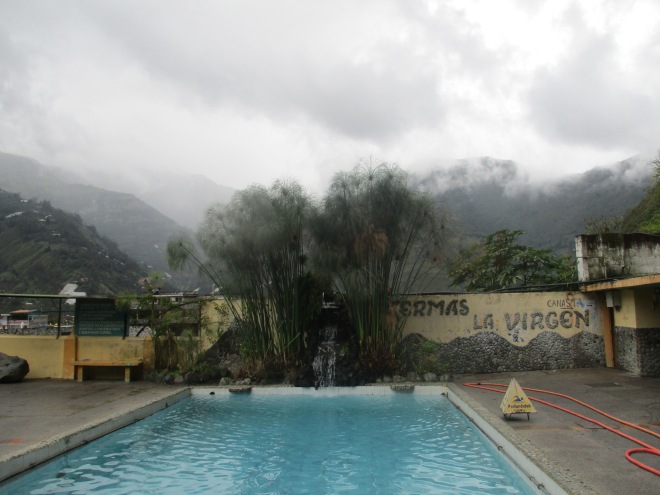
Another night bus, and an arrival at Cuenca, yet another colonial town, this time situated in the Central Highlands of the country. Token features include a church and main square, and there’s also a pleasant river. This town acts as a base to visit Ecuador’s most well-preserved Incan ruins, Ingapirca, around a two hour journey from the bus terminal. With a landscape reminiscent to the English countryside, this site has the only remaining Sun Temple left intact throughout the Incan Empire and entrance includes a tour.
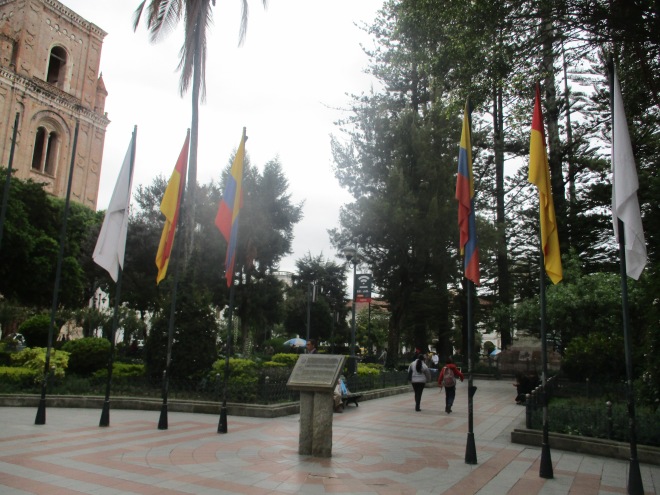
It was a last, tiring nightbus which brought me to the coastal town of Guayaquil. Lacking the small town charm of some of the other places I have visited in Ecuador, Guayaquil is a bustling city. It’s central park differs a little from the now unfortunately familiar formula of the rest of the colonial centres; this one has iguanas and terapins in! A walk along the malecon is recommended, and the town’s ferris wheel aloft on the banks of the large river a beautiful lit up by night. The neighbourhood of Las Penas consists of a hill leading up to a chapel and lighthouse, making for a very good view across the town.
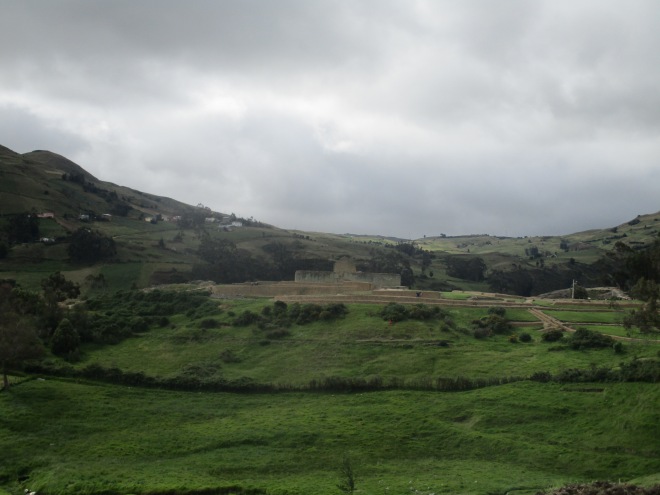
So it is from here, Guayaquil, that I take a flight which stopsover in Panama and finally ends up in Havana, Cuba. This experience I am very much looking forward to and fascinated by. However, I can only spend five short days in Cuba before catching a flight to the hopefully embargo-free Florida and finally getting that across-Atlantic journey to London.
It has been a long first journey. Travelling away from home for six months has truly been eye-opening. I have adored experiencing the wealth of different cultures, landscapes, city architectures and characters of people along the way.
I have sampled strange and interesting foods, conversed with strange and interesting people, seen so many beautiful ruins of civilisations almost completely wiped out by colonisers, climbed volcanoes, trekked through jungles and traveled the furthest away from home as I have been so far.
Though it hasn’t been all bright, sunny and full of sprouting daisies the whole time, I feel as though I have come out the other side of this journey someone more enriched, culturally aware and furthermore enlightened about the struggles that go on beyond the small country which I call home.
No doubt I will be back to travel South America when I can – so many more nations still need to be conquered! But for now, I shall have to return home, recuperate funds and set my sites on another wonderful continent for my next big trip; the beauty of Asia awaits me.

